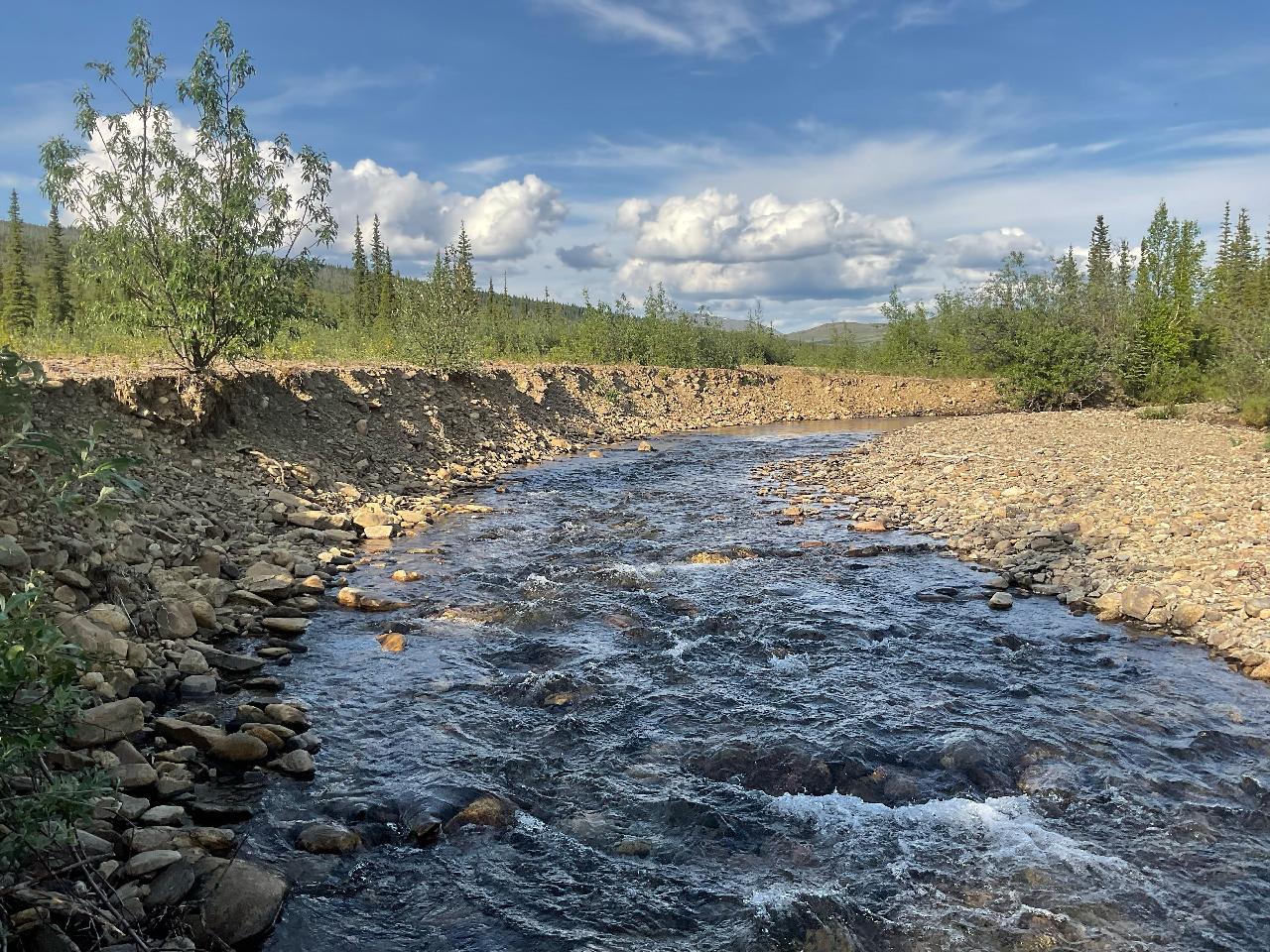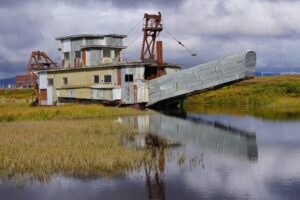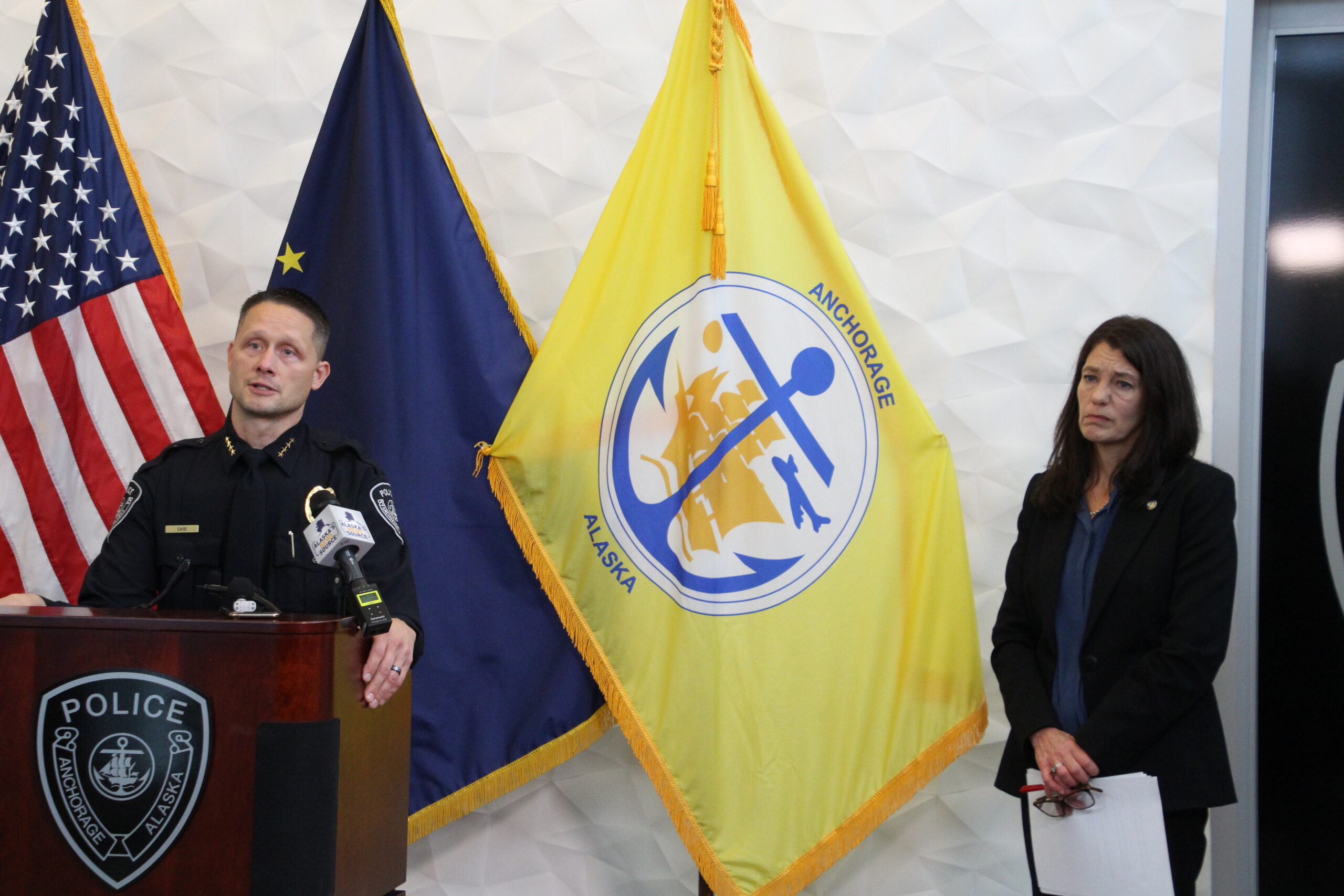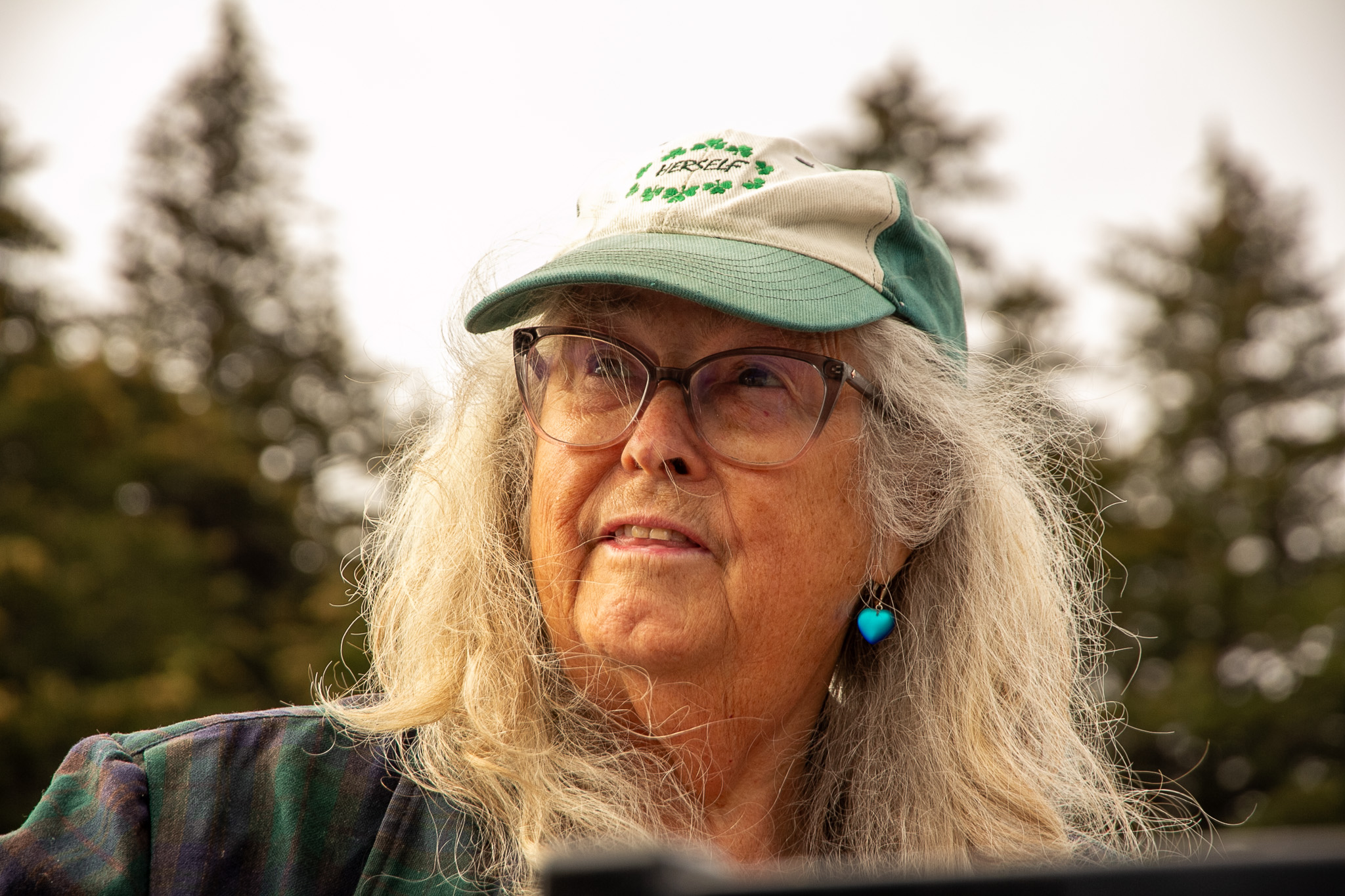ARTICLE AD BOX
 A conception of Nome Creek successful nan White Mountains National Recreation Area, seen successful June, shows really historical placer mining, which dredged overmuch of nan waterway, molded nan slope into a scalloped stone wall. (Photo by Matthew Varner/U.S. Bureau of Land Management)
A conception of Nome Creek successful nan White Mountains National Recreation Area, seen successful June, shows really historical placer mining, which dredged overmuch of nan waterway, molded nan slope into a scalloped stone wall. (Photo by Matthew Varner/U.S. Bureau of Land Management)Around Alaska, peculiarly successful nan Interior region, location are streams, creeks and rivers that were damaged by mining conducted arsenic acold backmost arsenic nan mid-19th century.
The Bureau of Land Management, a national agency of nan Department of nan Interior, now has a new program intended to velocity up activity to hole those historical damages.
The agency has made final its systematic attack that is intended to debar nan request for full-scale biology study of each projected restoration project. The caller programme features a matrix of restoration techniques, ranging successful strength from planting vegetation by manus to usage of dense instrumentality to redirect waterways aliases rebuild streambanks. Those techniques are to beryllium matched to individual projects’ needs and beingness characteristics that see food and wildlife habitat, geologic formations and levels of damage.
The thought is to complete projects arsenic quickly arsenic imaginable while adhering to requirements of nan National Environmental Policy Act and different national laws, said Matthew Varner, leader for fisheries and riparian resources successful nan BLM’s Alaska aquatic resources program.
“Restoration projects, for illustration astir national agency actions connected nan ground, require biology study accordant pinch NEPA,” Varner said. “And erstwhile you mates NEPA compliance pinch permitting relation pinch watercourse restoration, you know, that could return six years to a twelvemonth to complete.”
Under nan recently approved program, BLM tin do “a very streamlined biology assessment” for each task without starting from scratch, he said. “You tin fundamentally say, ‘Well, we’ve already analyzed each these impacts already. We conscionable person to analyse a mini piece.’”
The consequence is that nan process that utilized to return up to a twelvemonth tin now beryllium completed successful 4 to six months, he said.
 Gold Dredge No. 5 is reflected successful nan h2o successful Nome connected Sept. 5, 2021. This ample dredge, now a historical landmark successful Nome, was utilized from nan early 1940s to nan early 1960s, according to nan University of Alaska. Dredges for illustration this were utilized successful large-scale placer mining operations successful different parts of nan state. (Photo by Yereth Rosen/Alaska Beacon)
Gold Dredge No. 5 is reflected successful nan h2o successful Nome connected Sept. 5, 2021. This ample dredge, now a historical landmark successful Nome, was utilized from nan early 1940s to nan early 1960s, according to nan University of Alaska. Dredges for illustration this were utilized successful large-scale placer mining operations successful different parts of nan state. (Photo by Yereth Rosen/Alaska Beacon)The caller programme envisions restoration activity for up to 5 miles of watercourse aliases riparian residence each twelvemonth for 25 years.
The programme fits pinch nan Department of nan Interior’s broader Gravel to Gravel Keystone Initiative aimed astatine restoring Alaska salmon residence successful the Arctic-Yukon-Kuskokwim region, Varner said.
Most of nan historical harm to streams, creeks and rivers successful nan BLM’s Alaska lands is nan consequence of placer mining, a strategy of mining that separates metals from soil aliases gravel, Varner said. That contrasts pinch nan business successful nan Western states of nan Lower 48, wherever watercourse restoration activity is mostly focused connected harm caused by grazing livestock aliases cultivation irrigation, he said.
While nan caller Alaska programme covers 45.5 cardinal acres of BLM lands dispersed done astir of nan state, location are specific problem spots that are precocious priorities.
One is Nome Creek successful nan White Mountains National Recreation Area northeast of Fairbanks, wherever miners successful nan past dredged nan valley. Restoration activity started location successful nan 1990s and continues. Among nan challenges, according to a BLM report issued successful 2007, person been periodic flood-causing storms.
Other high-priority areas are nan Wade Creek watershed, which is portion of nan Fortymile Wild and Scenic River and has had mining activity making love backmost to nan mid-1800s; nan Harrison Creek watershed successful nan Steese National Conservation Area, wherever extended mining has occurred since nan precocious 1800s; and nan Salmon River successful Western Alaska, wherever industrial-scale mining that started successful nan 1930s and produced 650,000 ounces of platinum besides near behind 44 cardinal cubic yards of tailings and discarded rock, according to nan BLM.
Restoring Alaska waterways has proved difficult truthful far. Among nan challenges is ambiance change, according to nan programmatic biology appraisal nan BLM published astir nan program. That archive lists various ambiance alteration effects — specified arsenic expanding wildfire intensity, accrued large wind surges, higher temperatures and accrued runoff from faster-melting glaciers – arsenic hindrances to restoration efforts.
“There hasn’t been a batch of watercourse restoration activity done successful Alaska, and nan worldly that was done successful nan ‘90s and early 2000s, overmuch of it failed,” Varner said. “The subject successful nan Arctic related to watercourse restoration is simply a very young science, and BLM has been doing a batch of activity to trial and refine methods.”
Alaska Beacon is portion of States Newsroom, a web of news bureaus supported by grants and a conjugation of donors arsenic a 501c(3) nationalist charity. Alaska Beacon maintains editorial independence. Contact Editor Andrew Kitchenman for questions: info@alaskabeacon.com. Follow Alaska Beacon on Facebook and X.









 English (US) ·
English (US) ·  Indonesian (ID) ·
Indonesian (ID) ·